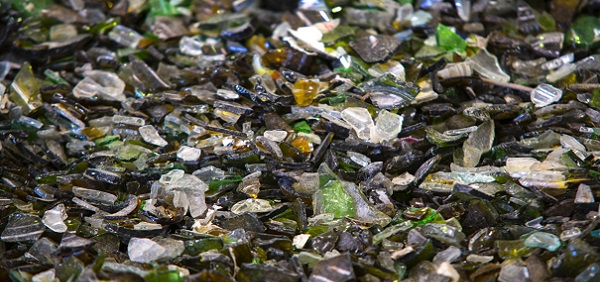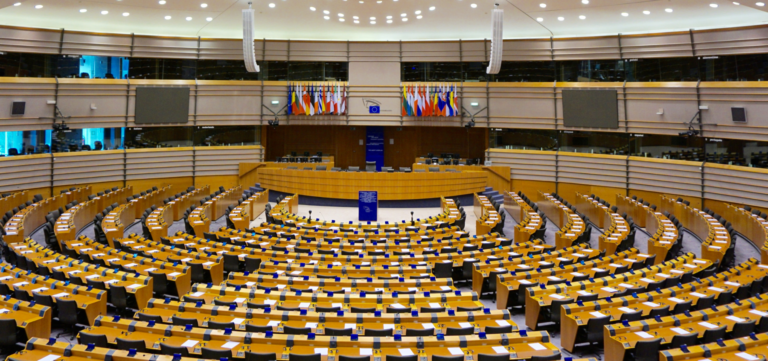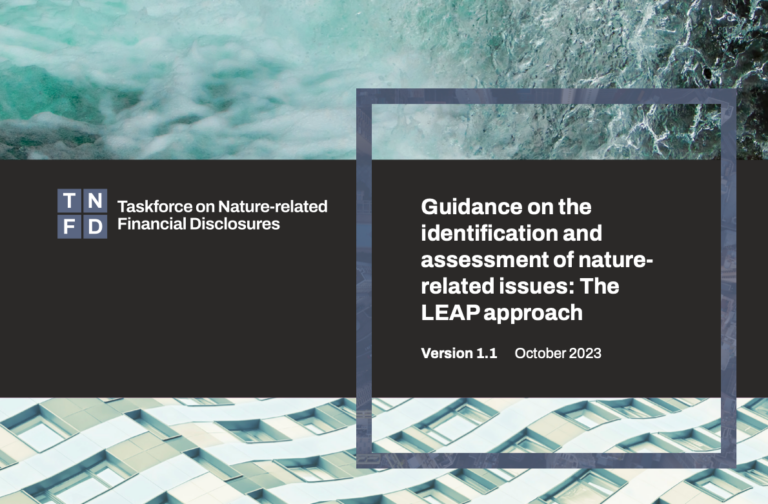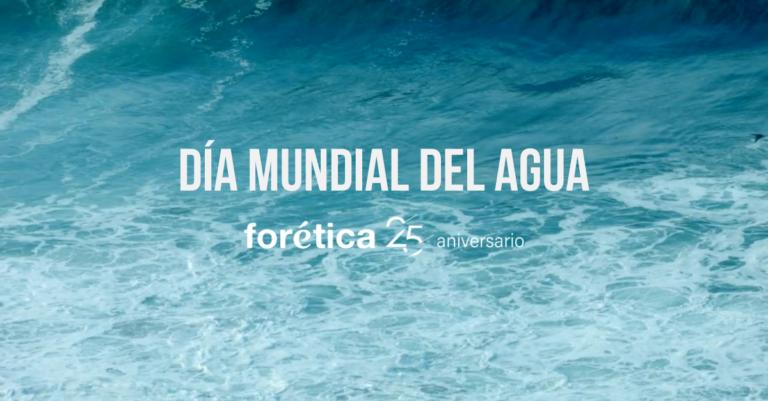Every year, around this time, Ecovidrio publishes, with enthusiasm and transparency, the results of glass container collection of the previous year. And now it is our turn to tell how 2020 has gone. The year marked by Covid-19, has hit the pillars of our economy, has turned global health into an individual problem and has turned our way of living and working upside down. But it has also reminded us of the importance of a rich biodiversity, that acting in the face of the climate emergency should not be a lukewarm choice and that recovery depends on sustainability and digitization .
For all the above, we can not start this article with a word other than "thank you". Thanks to the citizens who deposited an average of 8 million glass containers a day in the more than 235,000 green containers that exist throughout the territory.
To illustrate this appreciation we will give some figures, let's remember that in 2020, Spaniards recycled 843,049 t of glass packaging waste, an average of 17.8 kg per person.an average of 17.8 kg per person. These results reveal that the habit of separating glass containers is not only consolidated, but is going through one of its best moments.
While it is true that the total amount of glass containers collected fell by 6%, this was due to restrictions in tourism and the hospitality sector (which generates 50% of the glass containers on the market). This drop is significantly below the estimated decline in glass container consumption (around 11%, in line with the fall in GDP) and shows that households have "pulled the cart" and recycled more frequently and intensively.
Another indicator that glass container recycling is in good health is that the 2018 recycling rate (latest official data available) stands at 76.8%, above the European average and countries such as the United Kingdom (68.5%), Italy (73.4%) and France (76.2%). The good news, moreover, is that this rate will continue to grow in 2019 and 2020, you will see.
We cannot forget that recycling is a great boost to the circular economy and contributes directly to the fulfillment of the 2030 Agenda, with special emphasis on:
- SDG 12 Responsible production and consumption
- SDG13 Climate action
- SDG 11 Sustainable Cities
- SDG 17 Partnerships to achieve the Goals
And, in this sense, in 2020 the recycling of glass containers has achieved:
- Avoid the emission of 525,943 t of CO2, an amount equivalent to circling the world by plane 133 times around the Earth's equator.
- Avoid the extraction of 1,088,159 t of raw materials (sand, soda and limestone), a weight equivalent to almost 50 times the Segovia Aqueduct.
- Save 647,636 Mwh of energy, equivalent to the energy consumption of hospitals throughout Spain for almost 2 months.
But these achievements are not only ours, so our thanks also go to the packaging industry, to the municipalities and to the entire network (more than 200 SMEs and large companies) that make up the recycling chain.
At this time every year, we also draw our future. We already have the roadmap to far exceed the requirements of the European Union (Glass Container Recycling Strategic Plan 2025) and a committed investment of 500 million euros over five years to implement business intelligence techniques , intensify actions and improve collection, among other projects.
But that's not all. Being a benchmark in waste management also means minimizing our environmental impact. This translates into reducing emissions from the collection of glass container waste with clean and efficient propulsion fleets. In addition, we will promote energy efficiency in the treatment plants and ensure that all operations are more environmentally friendly. In short, we will make the recycling chain more sustainable every day.
We have the necessary ambition and the illusion of the first day. We finally have the wind in our sails for environmental issues. At Ecovidrio, we are already working to ensure that the way out of this crisis is greener and the transition to a circular economy is swift and certain.













Déjanos tu comentario